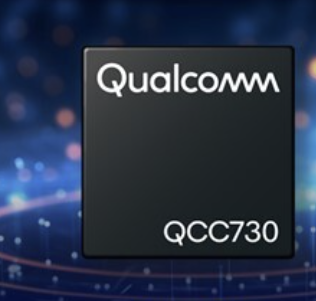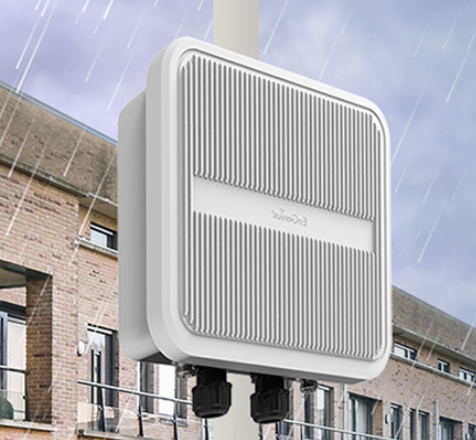
By Claus Hetting, Wi-Fi NOW CEO & Chairman
In Samual Beckett’s famous play “Waiting for Godot” two men await the arrival of the mysterious ‘Godot’. They hold out for Godot in the hope he will guide them towards more meaning in their lives – yet he never arrives. Similarly, some regulators appear to be waiting for the mobile industry to come up with a miracle technology that would somehow work in the upper 6 GHz band. That technology will also never show up.
Spectrum politics is murky to a lot of people – even for seasoned professionals – and no wonder: The world of regulation is a complex web of multiple layers of government and international organisations peppered with proceedings written in a mix of legalese and (for the most part) tech talk complete with rafts of acronyms. Cutting through all this is hard. But it is also critical because the future of connectivity lies buried precisely there. We’ll spare you the legalese and cut to the chase.
The battle for the airwaves – specifically the top half of the 6 GHz band – is heating up as the we approach the ITU’s World Radiocommunication Conference 2023 (WRC-23) to be held in November of this year. The top half of the 6 GHz band is not at all empty but for some reason, the mobile (cellular) community wants to lay claim to this chunk of spectrum that others are using. This – in the first instance – seems odd.
Meanwhile – starting three years ago this April – the FCC has released the full 6 GHz band all the way up to 7.2 GHz to Wi-Fi and since then many other countries have followed suit – although not all. Again: This band is not vacant. It is being used by utilities (microwave links) and satellite service providers. The only reason why it is possible to use Wi-Fi in the 6 GHz band is because the FCC and the Wi-Fi industry together devised a scheme to protect incumbents by limiting operating power levels and by introducing a clever method for outdoor and standard power operation known as AFC.
We know that these things work. In other words: What the FCC devised fully protects incumbents while opening up for loads of connectivity capacity at jaw-dropping speeds with Wi-Fi. The two do not adversely affect each other – and the socio-economic benefits of sharing spectrum are enormous.
To keep it simple let’s skip for now WHY the mobile industry wants the top half of the 6 GHz band for itself and is lobbying regulators to that effect – although it is a perfectly reasonable question as they’re still struggling to work out how to ‘monetize’ their much-prized 5G networks (remember how some of us argued that 5G is a nothing-burger? Turns out we were right…)
Let’s discuss instead WHAT they intend to do with it. And although this is entirely unclear from their side, we can make some guesses. Of course they want to use this band for mobile broadband services. The question is then how they are going to do that. The first option is to kick out the incumbents from this band. This is not just unfeasible, it is literally impossible and will never happen. Even if someone – I guess using tax money – proposed to cover the cost of moving these users out of this band, to what band would they relocate these incumbents? Such a band does not exist.
The second possibility is even worse: Trying to fit mobile broadband services into a framework of regulation that would not interfere with incumbent users of the upper 6 GHz band. For this to happen the mobile industry would need to devise a technology that – in the final instance – would essentially be equivalent to Wi-Fi but somehow ‘owned’ by them. Because this is really the only thing that would work while protecting incumbents. This is another non-starter. Even if such a technology could be devised, it would be meaningless. Because it already exists.
In the end the upper 6 GHz band will very likely be used for Wi-Fi everywhere on the Planet for the simple reason that it is the only thing that will work – combined with the fact that even the most hardened spectrum-auction political proponents will eventually realise that this is the only solution that makes socio-economic sense. Liberating spectrum from the chains of a dollars-for-licenses scheme has historically always resulted in massive socio-economic gains. This will happen again.
So here’s our message to regulators holding out for the top 6 GHz band for mobile broadband: Godot is not coming. There is nothing the mobile industry can reasonably do with this band that would even remotely make sense. Instead do what is right for the socio-economic benefit of your country and your peoples – release it to Wi-Fi and do it immediately. Do not hesitate or delay only to be relegated to the wrong side of a new digital divide. Because that is exactly what will happen if you wait.
/Claus.









